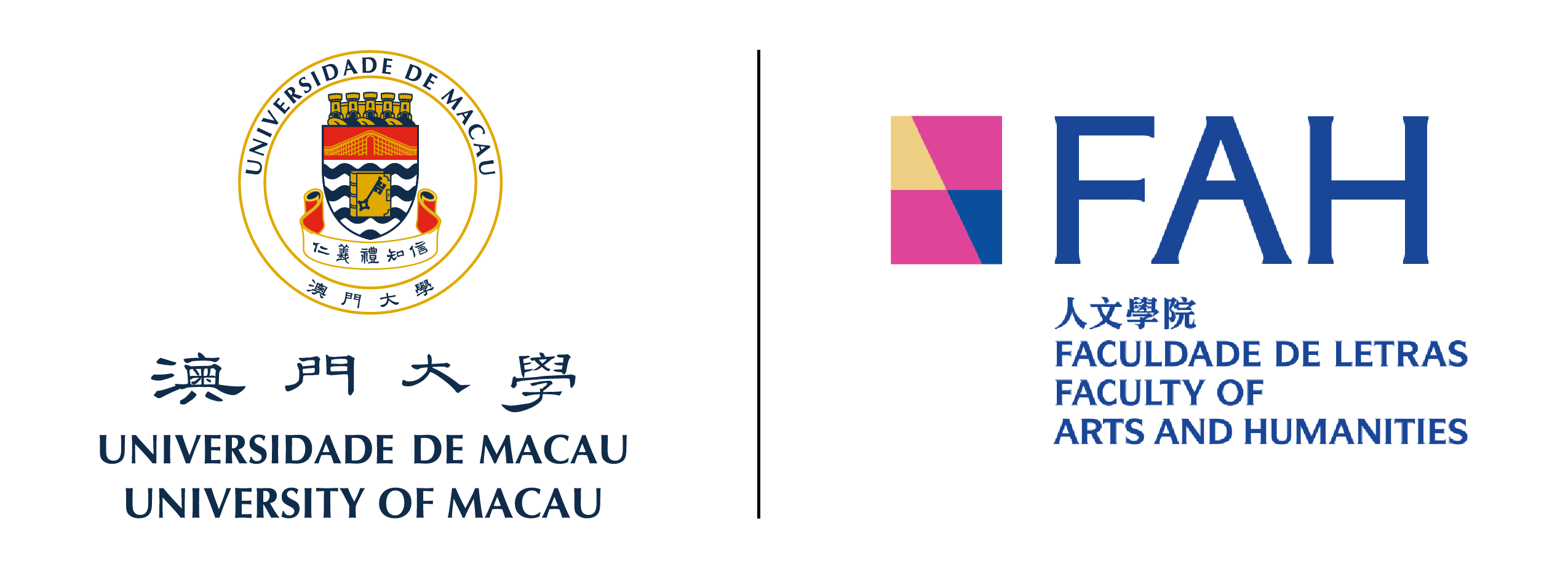
To enhance interaction between the teacher and the students, and to strengthen students’ autonomy in learning, University of Macau’s Faculty of Arts and Humanities (FAH) established a multi-media Smart Classroom equipped with the state-of-the-art technology. The fully-interactive Smart Classroom, the first of its kind at UM, began its formal operation in March. Students can now use their own mobile phones, laptop computers, tablets and other electronic devices to connect to the software and the interactive tools of the Smart Classroom, which greatly facilitates different kinds of innovative teaching in the classroom. Teachers can benefit from the classroom-generated big data by re-examining and improving their teaching methods. At the same time, the Smart Classroom can effectively boost students’ autonomy in learning so that better pedagogical effects can be achieved.
The Smart Classroom is equipped with various functions which support the teachers in carrying out Task-Based Language learning, as well as implementing innovative methodology such as Flipping Classroom, Instant Group Discussion, and STEM teaching. The new system is particularly effective in facilitating foreign language learning, and helps develop students’ comprehensive language skills by converting the basic concepts of language use into meaningful interactive classroom learning and cultivating comprehensive communicative skills. This brand-new classroom, equipped with multiple TV screens, efficiently assists teachers in designing learning tasks with attractive topics that reflect students’ lives, learning experiences and social realities. Task-based group discussions via the Smart Classroom equipment can be conducted effortlessly. Under task-based cooperative learning, students in groups jointly complete their learning tasks through independent thinking, investigation, discussion, and cooperation, which would not have been possible in a teacher-oriented single-screen classroom. In this innovative approach with simultaneous access to multiple interactive TV screens, knowledge can be built collectively through result-sharing processes. As a consequence, teachers can place more emphasis on helping students improve their exploratory ability and autonomous learning capability.
The Smart Classroom currently has the capacity of 36 students. With the support of the interactive system, group discussions in class have never been as efficient and easy. Every discussion group has an independent discussion space equipped with an interactive mid-sized TV screen, through which the students can present the content of their discussion and the results conveniently. This facilitates intra-group communication and stimulates students’ thinking. The system provides multi-screen interaction support for both the teachers and the students. The teacher’s large TV screen, the discussion groups’ mid-sized screens, and the individual screens of the students’ electronic devices can be interconnected. As such, there is constant interaction between students and the teacher, and sharing the screen with others from any end in the classroom can be completed with a simple touch.
The Smart Classroom system also supports real-time collaboration based on screen sharing. Teachers can provide feedback in real time during students’ presentations, and students can also project their comments while the teacher is lecturing, thus achieving meaningful interaction between teaching and learning. This pedagogical approach strengthens the communication among students on the one hand, and between teachers and students on the other hand. Overall, the Smart Classroom has made classroom teaching more efficient, and learning more dynamic.
With the new Smart Classroom in full operation, it is believed that the interactive feature in the UM classroom can be focally strengthened, and that students’ learning motivation and participation can also be optimized. In the future, to improve the teaching quality, FAH will strive to put in more resources to further develop the various functions of the Smart Classroom.


